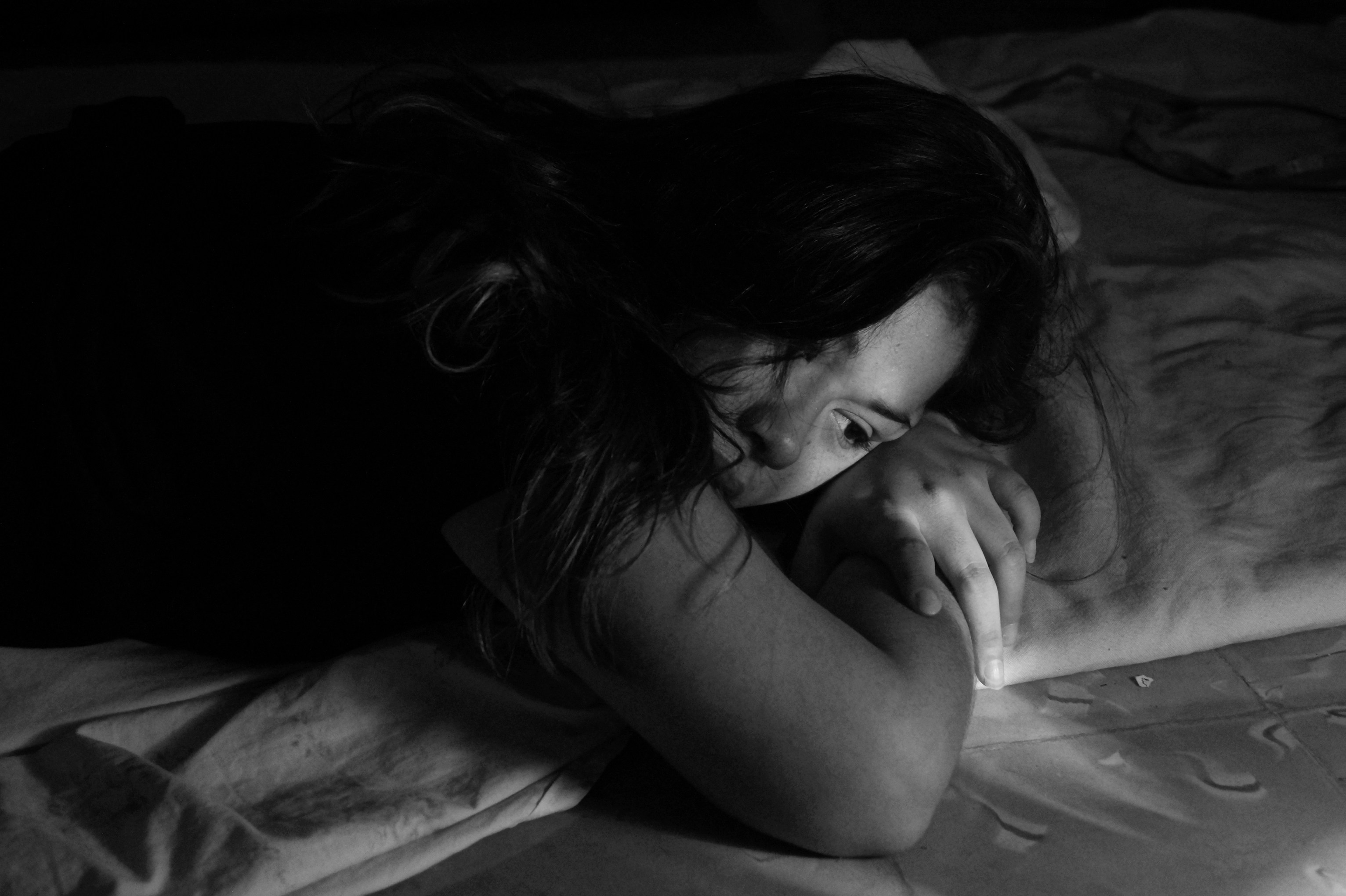Many vulnerable children are not detected by society
A new doctoral thesis from the School of Health and Welfare at Jönköping University reveals that many children suffering abuse are not detected by social child welfare services. Although Sweden and many other countries have committed to protecting children through the Convention on the Rights of the Child, research shows that the system has major shortcomings.

Photo by M. on Unsplash
Identifying and helping children who are at risk of harm is an important task for society as a whole. According to the Convention on the Rights of the Child, countries must have effective systems for identifying and protecting these children. In Sweden, organizations that meet children and their parents have a duty to report suspicions of child abuse to the social services. The public is also encouraged to report, and children and their families can seek help themselves.
"The overarching aim of the thesis is to increase knowledge about children who suffer severe harm, and whether these children are detected and referred to social child welfare. The focus is on two areas: what characterizes children who suffer severe harm and what contributes to the sorting of these children when they come to the attention of social services and when they are assessed as needing further investigation," says Torbjörn Kalin, lecturer at the School of Health and Welfare and a former social worker in child welfare.
Over one in four children in the study reported, through self-assessment, that they had suffered severe harm at some point during their teenage years, despite a very strict definition of severe harm being applied. These children, due to their difficulties, are more often in contact with various agencies such as the police, healthcare services, and school health services compared to other children.
The system does not work as well as it should
Approximately twenty per cent of the children had contact with social services at some point during their teenage years, but fewer than half of these had themselves reported suffering harm. The study also shows that children living with single parents or in poverty are more likely to be noticed by social services. Girls are more frequently subject to investigations than boys, especially if they themselves have reported suffering harm or living in poverty. For boys, the likelihood of investigation decreases with age and if the issues are related to behavioural problems combined with neglect.
According to the thesis, the Swedish system for detecting children who suffer harm does not function as well as it should. Many children who truly need help and protection go unnoticed. Simultaneously, the system often identifies the wrong children as needing help due to their family circumstances. This results in resources being allocated to children who may not need them, while those truly vulnerable are missed.
“This raises a key question - do we want child protection services for all children in need or do we want child protection services only for children in need living with a single parent or in a family in poverty? If it is the latter, then social services need to seriously think about how to adapt their support services. Getting support from social services today usually involves both a time commitment and a loss of income for families, which is something that single parents and parents living in poverty already lack," says Torbjörn Kalin.
Proposals for improvements
To improve the system, Torbjörn Kalin's thesis proposes several measures. These include developing better assessment tools by using scientifically based methods to identify children who suffer harm, rather than relying on subjective judgments. The thesis also suggests better training and support for those working with children, including staff in schools, the police, and healthcare, to increase their ability to identify and report signs of harm.
A revision of the legislation could ensure that those reporting children to social services have clear instructions on what should be reported and what information should be included in a report. Finally, targeted efforts are proposed to provide support to children and families who are early on screened out of the system, to reduce the risk of future harm.
Kalin's thesis also highlights the need for further research.
"Specifically, studies focusing on the later stages of the child welfare process are needed, that is, what happens to the children after they have come into contact with social services. It is important to investigate which children and investigations lead to decisions on interventions and which interventions yield the best results. More knowledge is also needed on how to best support different groups of children to ensure that all receive the help they need," says Torbjörn Kalin.
Facts
The doctoral thesis is based on data from the longitudinal research program Longitudinal Research on Development to Young Adults (LoRDYA). Since 2013, LoRDYA has followed 1,884 children from four small and medium-sized Swedish municipalities. In a longitudinal study, researchers follow a group of people over time to observe changes or developments in various areas, such as behaviour, health, or living conditions. This type of study can provide insights into how different factors influence individuals and societies over time.
Kontakt
- Leave of absence
- Associate Professor Social Work
- School of Health and Welfare
- torbjorn.kalin@ju.se
- +46 36-10 1224

